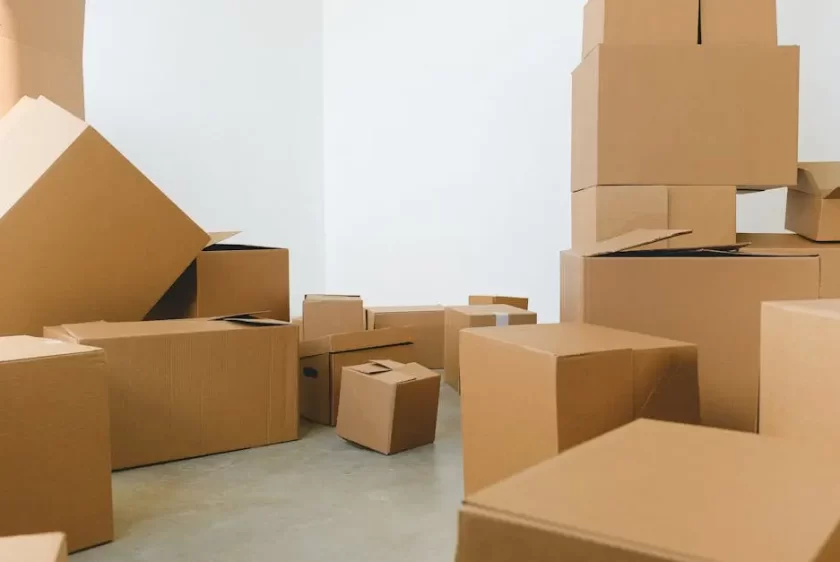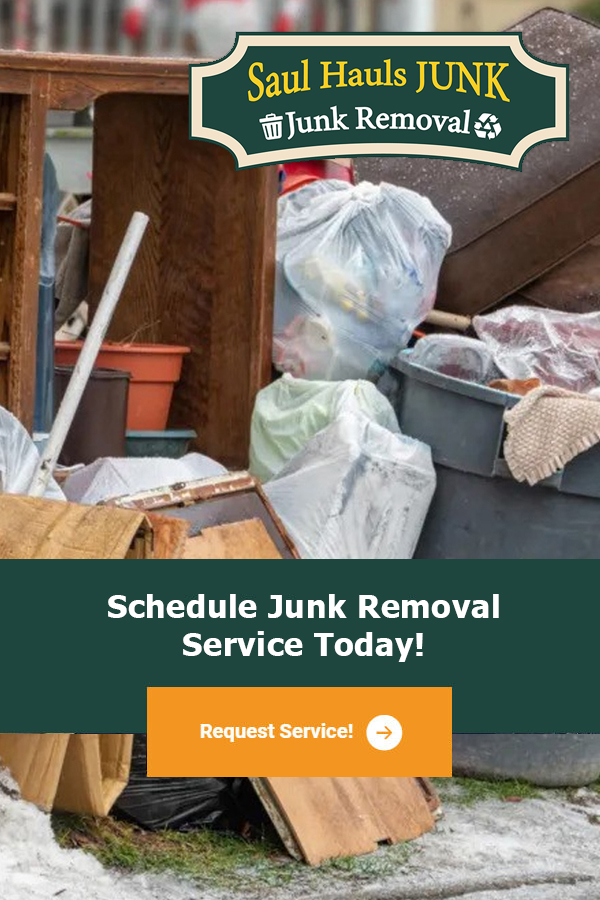
8 Simple Steps to Organize an Estate Cleanout Without the Hassle
Organizing an estate cleanout can be a daunting task, but it doesn’t have to be overwhelming. With a little planning and the right approach, you can simplify the process and make it manageable. In this guide, we’ll take you step-by-step through everything you need to know to make your estate cleanout a success. Let’s dive in and get started!
1. Understanding the Purpose of the Cleanout
The first step in organizing an estate cleanout is to truly understand its purpose. An estate cleanout typically arises from significant transitions in life, whether it’s due to the passing of a loved one or a major life change like relocation. Recognizing that this task is not just about clearing out possessions can make it a bit easier emotionally. It’s essential to approach this process with a mindset geared towards honoring the memories and values attached to the items that had once filled a home.
In addition to sorting through physical belongings, an estate cleanout serves a greater purpose of promoting healing and closure. It’s a way to reflect on the past while preparing for the future. This understanding can help alleviate some of the stress often associated with the task. Acknowledging the emotional weight of this process is critical, as it will shape your approach to organizing, sorting, and ultimately making decisions about every item.
2. Creating a Comprehensive Plan of Action
A clear plan of action is your roadmap to an efficient estate cleanout. Start by outlining your goals, making a mental note of the areas you want to address first. Will you tackle one room at a time, or handle categories such as clothing, furniture, or documents? Setting specific and achievable goals can transform a seemingly insurmountable task into manageable steps. For example, deciding to devote just a couple of hours each day to clean out a room can keep you motivated.
Once you have your goals in place, it’s crucial to set a timeline. Having deadlines will encourage you to keep moving forward. Share your timeline with family or friends who might be helping you, so everyone is on the same page. On top of setting goals and schedules, keep track of your progress. Documenting each small victory can provide you with the motivation you need to see this task to completion. When you recognize the hard work you’ve done, it sets the tone for staying dedicated throughout the entire cleanout process.
3. Gathering the Right Tools and Supplies
To facilitate an efficient estate cleanout, having the right tools and supplies on hand is essential. Start with basic necessities such as boxes, trash bags, markers, and labels. Boxes will allow you to categorize items, while trash bags are crucial for disposing of items that no longer serve a purpose. Invest in sturdy containers to keep your valuables safe during the tumultuous process. Using high-quality supplies will save you time and frustration in the long run.
Don’t overlook other helpful items such as gloves, cleaning supplies, and even a camera for documenting anywhere that holds sentimental value. Additionally, consider acquiring furniture sliders or dolly for any heavy lifting. Creating designated stations for sorting can also streamline your process—one for donation, one for trash, and one for items to keep. The right tools simplify your efforts, allowing you to focus on sorting and making decisions rather than being bogged down by logistics.
4. Dividing the Space into Manageable Sections
One effective strategy for organizing an estate cleanout is to divide the space into manageable sections. This approach not only helps prevent overwhelm but also creates a clear focus area. For instance, you might choose to tackle one room at a time, or perhaps break it down further by handling one closet in a room. By guiding yourself through this segmentation, you make it easier to remain focused while also witnessing tangible progress along the way.
Remember to document your progress through photos or notes—that way, you can keep track of just how much you’ve accomplished. This will serve as encouragement to continue through the tougher areas. If it’s helpful, enlist a family member or friend for emotional support, as they can provide a different perspective on items during the sorting process. Together, you can conquer each section one step at a time, turning the complex task of estate cleanout into a series of simpler, rewarding efforts.
5. Sorting Items into Keep, Donate, and Dispose Categories
Sorting items can be a poignant yet liberating undertaking. Begin by establishing three distinct categories: Keep, Donate, and Dispose. This categorization allows you to reflect on how each item contributes to your life or the estate’s history. When faced with a decision, consider the item’s value or sentimentality. If it no longer serves a purpose or brings joy, it can usually be placed in the dispose category. It’s often helpful to ask yourself if the item sparks joy or fits into your future, providing clarity on what to keep.
Donation is a thoughtful option for items that may no longer be useful to you but could significantly benefit others. Local charities may appreciate clothing, furniture, or household goods that are in good condition. Be sure to research local organizations that match your donation criteria to ensure your items find the best home. For items that need to be disposed of, check with local waste management facilities for proper procedures to ensure safe disposal. This structured sorting process not only clears out clutter but also helps you honor the memories attached to the estate.
6. Enlisting Help from Friends and Family
One of the best ways to ease the burden of an estate cleanout is by enlisting help from friends and family. Not only can they offer valuable assistance, but their presence can provide emotional support during a time that may be bittersweet. Share your plans and the areas where you could use extra hands or simply company. You may find that people are more than willing to lend a hand, especially if they have personal stories tied to the items being sorted.
Organizing a cleaning day can create a communal atmosphere, turning the task into a chance to reminisce while sorting through meaningful belongings. Offer light refreshments or plan a small gathering afterward as a way to celebrate progress made together. This social element can transform the experience from an overwhelming chore into a memorable occasion, where both the emotional and physical aspects of the cleanout are tackled.
7. Finding the Right Resources for Donations and Disposal
Navigating the donation and disposal process can feel daunting, but there are numerous resources to guide you through it. Begin by researching local charities, shelters, and non-profit organizations to identify those that accept donations. Some organizations will even pick up items directly from your home, saving you time and effort in the logistics. Websites and community boards often provide updated listings of places accepting donations, ensuring you find outlets that could benefit from your items.
For items that cannot be donated, check your local government’s website for guidelines on proper disposal. They typically provide information on special collection days for hazardous waste or bulky items. Some municipalities may even offer drop-off locations for recyclable materials. Additionally, exploring donation locations for items like electronics, books, or furniture can help streamline the process and prevent landfills from overfilling. Accessing these resources is key to responsible estate cleanout.
8. Celebrating the Cleanout Completion
Congratulations on reaching the finish line of your estate cleanout! It’s important to take a moment to acknowledge the effort expended throughout this emotional journey. Whether it be a simple gathering with family and friends or a quiet moment of reflection, allowing yourself to celebrate the completion of this significant task is vital. This is not just about clearing items; it’s also about making space for new memories to be created.
You may even consider marking this occasion with a small ritual or personal reflection. Maybe you choose to frame a cherished photo from the estate or plant a tree in memory of what was once there. Doing so honors the past while simultaneously welcoming a fresh start. Completing an estate cleanout is both impactful and transformative, making it a milestone worthy of celebration. Here’s to the next chapter ahead!


